Introduction
Are you a music composer or a home studio owner who’s been struggling to achieve the perfect sound quality? You may have invested in high-end speakers, microphones, and other equipment, but there’s one often-overlooked factor that can make all the difference: the acoustics of your room.
Acoustics refers to the way sound behaves in a space, and it can have a significant impact on the overall quality of your recordings and mixes. In a poorly designed or untreated room, sound waves can bounce off walls, floors, and ceilings, creating unwanted echoes, reverberation, and coloration.
Fortunately, there’s a solution: acoustical treatment. By adding specialized materials such as acoustic panels, diffusers, and bass traps, you can control the way sound interacts with your room and achieve a more accurate and balanced representation of your music.
In this blog post, we’ll explore the benefits of acoustical treatment and how it can transform your home studio into a professional-sounding space. Whether you’re a seasoned pro or just starting out, you won’t want to miss this valuable information.
Understanding Acoustics
In order to understand acoustical treatment, it’s important to start with some basic acoustical terms.
Sound waves are vibrations that travel through a medium, such as air or water, and can be detected by the human ear. Sound waves are characterized by their frequency (measured in Hertz, or Hz) and their amplitude (measured in decibels, or dB).
When sound waves encounter a surface, such as a wall or floor, some of the sound is absorbed by the surface, and some of it is reflected back into the room. Reflection occurs when sound waves bounce off a surface and change direction.
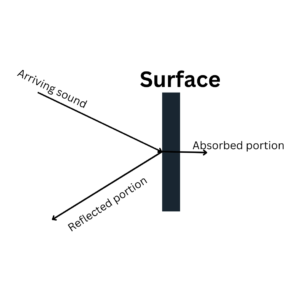
Absorption is the process by which sound energy is converted into heat energy and dissipated. When sound waves encounter an absorbent material, such as foam or fiberglass, some of the sound energy is absorbed by the material and converted into heat.
In a room, sound waves can interact with surfaces in different ways, depending on the properties of those surfaces. This can result in sound bouncing, diffusing, or being absorbed by the surfaces.
Bouncing occurs when sound waves encounter a hard, reflective surface, such as a wall or ceiling, and bounce back into the room. This can create unwanted echoes, standing waves, and reverberation, which can interfere with the clarity and accuracy of the sound.
Diffusing is the process by which sound waves are scattered or dispersed in different directions, rather than being reflected in a specific direction. This can be achieved through the use of diffusers, which are designed to scatter sound waves evenly across a space, reducing the intensity of reflections and echoes.
Absorption is the process by which sound waves are absorbed by a material, such as acoustic panels or bass traps. Absorption reduces the amount of sound that is reflected back into the room, resulting in a more even and balanced sound.
Common acoustical issues in home studios include standing waves, flutter echo, and bass buildup. Standing waves occur when sound waves reflect back and forth between two parallel surfaces, such as walls, creating a build-up of energy at certain frequencies. Flutter echo occurs when sound waves bounce rapidly between two parallel surfaces, creating a rapid repetition of a sound. Bass buildup occurs when low-frequency sound waves are reflected and reinforced by room surfaces, creating a “boomy” or “muddy” sound.
By understanding these basic acoustical terms and common issues, you can begin to identify potential problems in your home studio and develop a plan for acoustical treatment that addresses these issues.
The benefits of Acoustical treatment
Treating a room with acoustic panels, bass traps, and diffusers can offer several advantages for music composers and home studio owners.
- Improved Sound Quality
One of the primary benefits of acoustical treatment is improved sound quality. By reducing unwanted reflections and echoes in a room, acoustical treatment can help create a more even and balanced sound. This means that the music you create or record in your home studio will sound better and more accurate.
- Reduced Unwanted Reflections
Acoustical treatment can also help reduce unwanted reflections and echoes in a room. This can help improve clarity and intelligibility of spoken words, as well as enhance the overall listening experience. By reducing unwanted reflections, you can hear more of the original sound and less of the room’s sound.
- More Accurate Listening Experience
Acoustical treatment can also provide a more accurate listening experience. By reducing the effects of room acoustics on the sound, you can hear the music or audio as it was intended to be heard. This can help you make more informed decisions about mixing, mastering, and editing.
- Cost-Effective Upgrade
Another advantage of acoustical treatment is its cost-effectiveness compared to other studio upgrades. Upgrading your equipment, such as buying a new microphone or sound card, can be expensive. However, acoustical treatment is a relatively affordable way to improve your studio’s sound quality. Moreover, acoustical treatment is a one-time investment that can last for years, making it a cost-effective upgrade in the long run.
Types of Acoustic panels and Bass traps
Acoustic panels come in various types, each designed to perform a specific function in acoustical treatment. Here are the most common types of acoustic panels:
1. Absorption Panels
Absorption panels are designed to reduce the amount of sound energy that bounces off walls, ceilings, and floors in a room. They are made of materials that absorb sound waves, such as fiberglass, rockwool or foam. Absorption panels are effective at reducing low mids to high-frequency reflections, which can create unwanted echoes and reverberation.
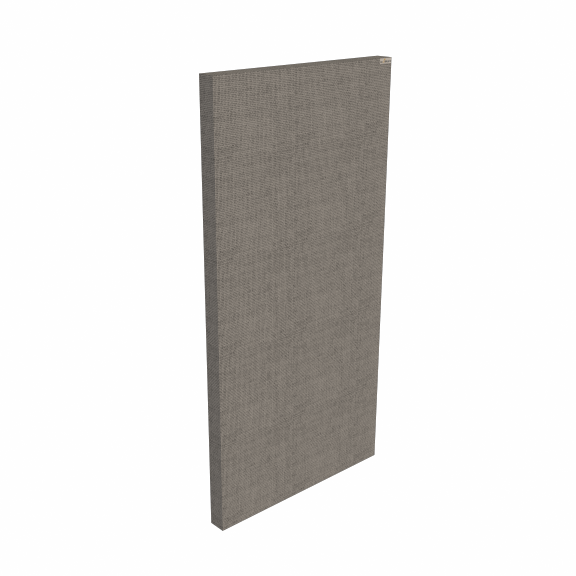
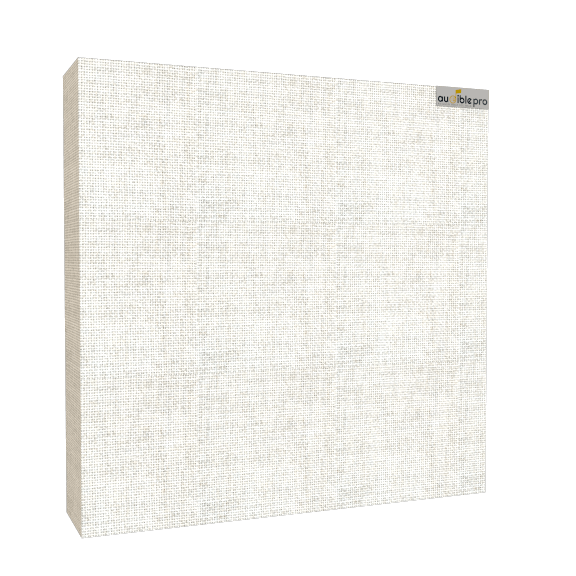
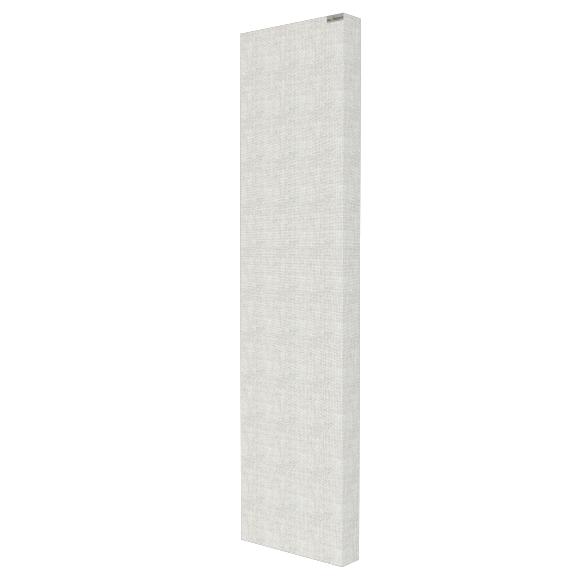
2. Diffusion Panels
Diffusion panels are designed to scatter sound waves in different directions, creating a more even distribution of sound in a room. They are often made of wood with uneven surfaces that cause sound waves to bounce off at different angles. Diffusion panels are effective at scattering mid and high-frequency reflections, creating a more natural-sounding room.

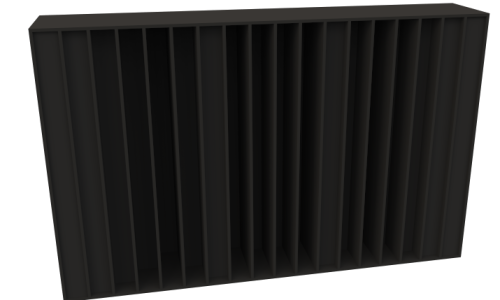
3. Bass Traps
Bass traps are designed to reduce low-frequency sound waves, which can build up in corners and cause boomy or muddy sound. They are often made of materials such as fiberglass or rockwool and placed in the corners of a room. Bass traps are effective at reducing standing waves and improving the overall sound quality in a room.
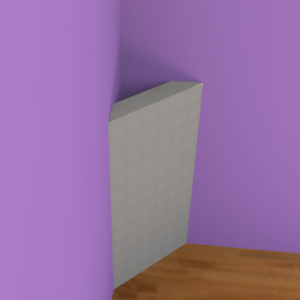

To maximize the effectiveness of bass traps, it’s important to place them in the right locations. Corners are the best place to install bass traps since this is where low-frequency sound waves tend to accumulate. However, it’s essential to ensure that the bass traps do not block any vents or air circulation in the room.
Acoustic treatment doesn’t have to be an eyesore. With the right design and materials, acoustical treatment can blend seamlessly into the room’s deco. For example, absorption panels can be covered in fabric that matches the room’s color scheme, or diffusers can be designed to look like decorative wall art. It’s essential to work with a professional acoustics consultant to create an effective acoustical treatment plan that fits your room’s design and aesthetics.
DIY Acoustic Treatment Installation: Pros, Cons, and Tips
Acoustical treatment is an essential component of any home studio, but should you attempt a DIY installation or hire a professional installer? Here are the pros and cons of a DIY installation and tips for success:
Pros of a DIY Installation
The most significant advantage of a DIY acoustical treatment installation is cost savings. DIY installation can be significantly cheaper than hiring a professional installer. Additionally, a DIY installation can be a fun and rewarding experience, allowing you to learn about acoustics and improve your room’s sound quality.
Cons of a DIY Installation
One of the most significant drawbacks of a DIY acoustical treatment installation is the potential for mistakes. Incorrectly installed acoustical treatment can be ineffective or even make the acoustics worse. Additionally, DIY installation requires time, effort, and expertise that some people may not have.
Tips for a Successful DIY Installation
If you decide to go the DIY route, here are some tips for a successful installation:
- Measure and test: Before installing acoustical treatment, it’s crucial to measure and test the room’s acoustics to identify the areas that require treatment. You can use free software tools or hire a professional acoustics consultant to measure and test your room
- Use appropriate tools and materials: Use appropriate tools and materials for the installation, including a saw, drill, screws, and acoustic panels or bass traps. Avoid using household materials like egg cartons or foam as they can be ineffective or even dangerous.
- Follow installation instructions: Follow the installation instructions carefully and ensure that the acoustical treatment is installed correctly.
When to consider hiring a Professional Acoustics consultant
While a DIY installation can be a great option for those with time, effort, and expertise, it’s not always the best choice. Consider hiring a professional acoustical treatment installer in the following situations:
- Lack of experience: If you have no experience with acoustics or construction, it’s best to hire a professional installer to ensure that the acoustical treatment is installed correctly.
- Complex rooms: If your room has a complex shape, multiple windows or doors, or other unique features, it may require a professional installer’s expertise.
- Budget: While DIY installation can be cheaper, a professional installer can provide a comprehensive acoustical treatment plan that maximizes sound quality and fits your budget.
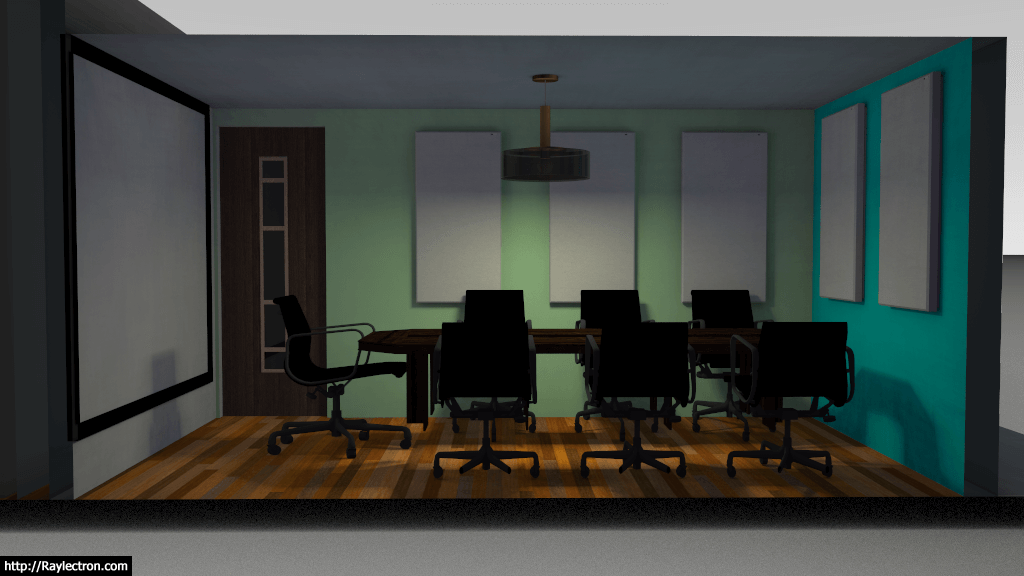
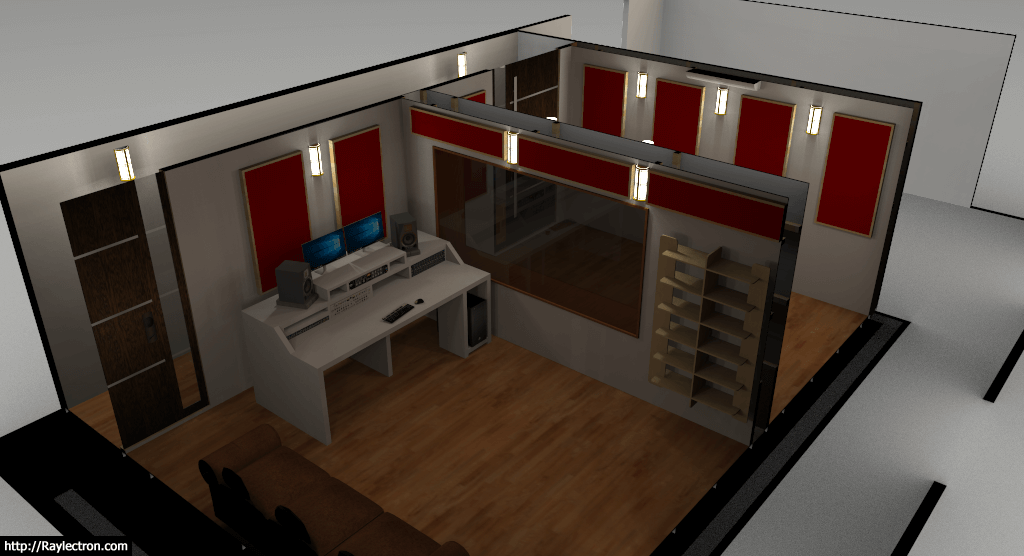

Why to choose Audible Pro?
We are a company from Sri Lanka which is providing our consultation services remotely around the world, and ship our customized acoustics products around the world. Here how it works.
- You contact us via email or WhatsApp (https://wa.me/+94719519429)
- We will discuss with you and get all the information regarding your space (Studio, Auditorium, Home theatre, Office etc.)
- Once the order is placed, we model your space and calculate the required treatment
- Present you the required treatment guide as a report to understand the treatment
- You can either manufacture your own products or we can customize products for your room and ship.



